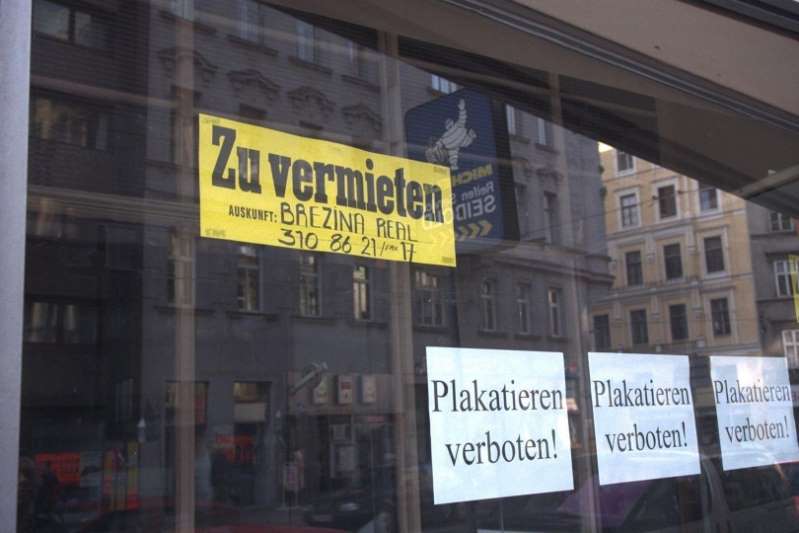In the Corona year 2020, vacancies increased, especially in classic tourist strongholds – retailers worried about the expiry of state aid: “Calm before the storm”.

Many shops are empty. “We close” with or without a farewell sale, “For rent”, or a never-ending “renovation” without any words. In a number of places, shop doors remained closed even after the end of the recent tough lockdown. Trade researchers see this as the first bitter fruits of the corona pandemic. Overall, the vacancy rate in city centers rose relatively moderately to 7.5 percent in 2020. But as soon as the aid for the companies runs out, things are likely to get turbulent.
It is true that the shop space has been declining in the last ten years. Consumption habits have changed and online competition is getting bigger and bigger. In many smaller cities, the shopping centers on the periphery have long played the bigger role. However, the comprehensive restrictions to contain the pandemic have put additional pressure on the town centers, and small towns have already had significantly higher vacancy rates than large cities. What was new in 2020, however, was that tourist strongholds such as Salzburg, Innsbruck or the city of Vienna also recorded the highest “vacancy gains”. Wiener Neustadt, for example, has long experience with many vacant business premises.
The lowest vacancy rate in the federal capital was still on Vienna's Mariahilfer Strasse, and Favoritenstrasse also gained in 2020. In some other former streets or individual smaller shopping centers in Vienna away from the very first locations, however, displays and long-established branches of retail companies have been sealed up with wrapping paper for months, and were no longer profitable after the corona-related slump in sales.
The trade association currently sees 10,000 trading companies in Austria threatened. Together with the consulting firm Lage + Markt, the association has analyzed the situation in the 20 largest cities in the country and 16 selected small towns. Only ten of the 24 business areas recorded reported a positive shop floor development in the current evaluation.
Further changes are expected in the coming months and years. Only after state support has stopped will it become clear which shops will actually remain open or will disappear from the scene, they say. The trade association and consultants definitely expect increased dynamics in the coming observation periods, which should be noticeable both in vacancies and in a significantly higher fluctuation rate. “Corona is not only fueling eCommerce, but also the desolation of the city and town center in the medium term,” fears the association.

